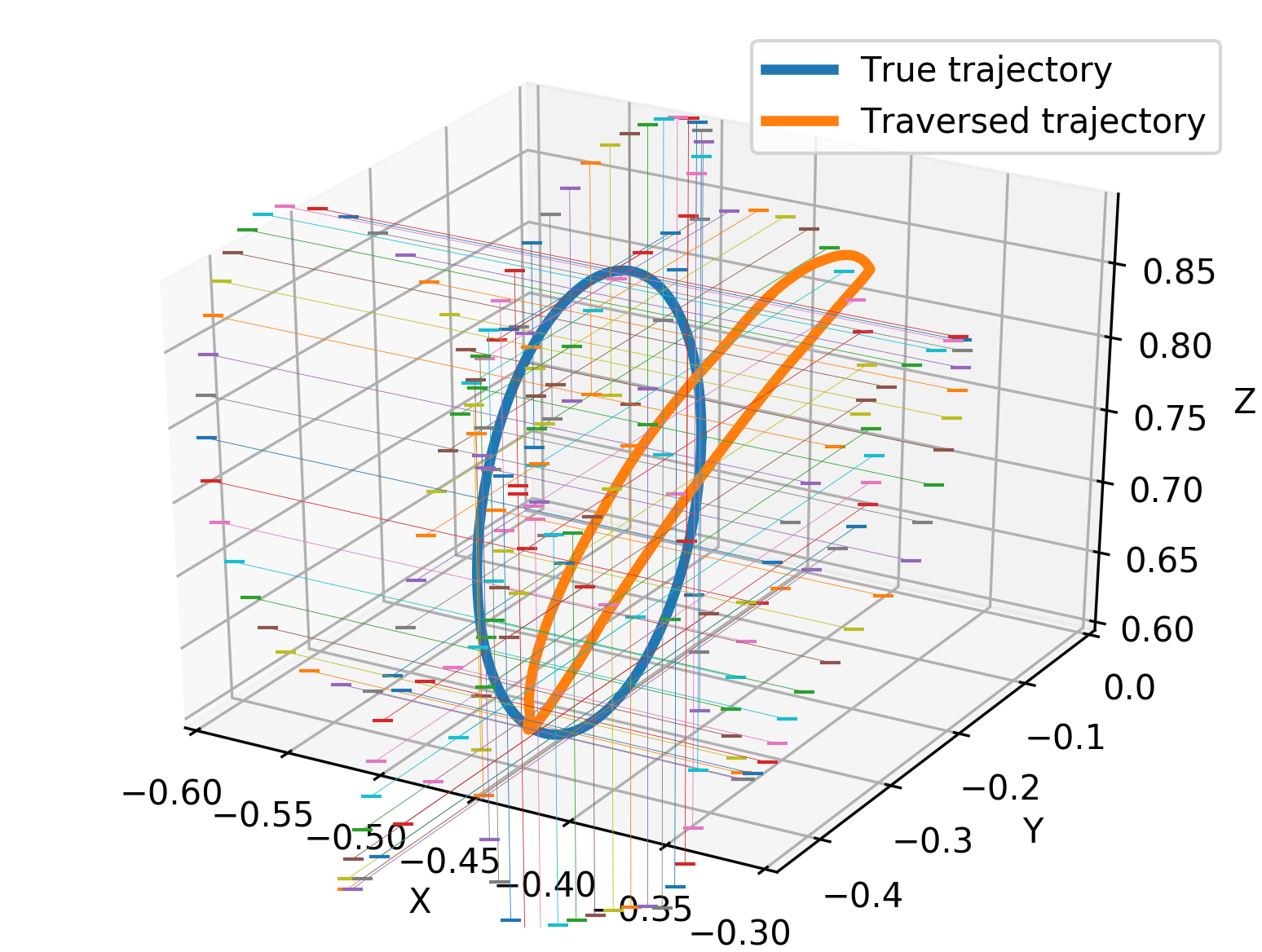Numerical vs Neural Network based Kinematics Solver
Investigating different inverse kinematics solver for complex manipulators
About
Inverse kinematics solutions for complex systems are difficult to find and closed-form analytical solutions may not always exist. Resorting to iterative numerical methods requires heavy computation and affect performance in real-time applications. Numerical solutions sometimes also suffer from singularities which can lead to a misbehaving system while other solutions might have too slow a convergence. Iterative algorithms are used widely and solutions using artificial neural networks have also been introduced in recent years. Therefore, this project investigates the performances of solutions to the inverse kinematics problem using different popular iterative methods and neural networks. The performance of different architectures and the effect of hyper-parameters were compared against the Jacobian based iterative methods.
Proposed Network Architectures


Results
Among the Jacobian methods, it was observed that for trivial trajectories, the Jacobian inverse-based solutions converged faster and were far more accurate than the Jacobian transpose-based method. For the inverse kinematic solution using neural network, it was observed that the proposed network architecture and custom loss function performed better than the state-of-the-art networks with standard mean-squared error for the case of 7 degree of freedom robotic manipulator. Compared to the iterative methods, the solution proposed by the network fell short in accuracy but performed on par in terms of execution time.




Team
Sumit Patidar, Utkarsh Kunwar